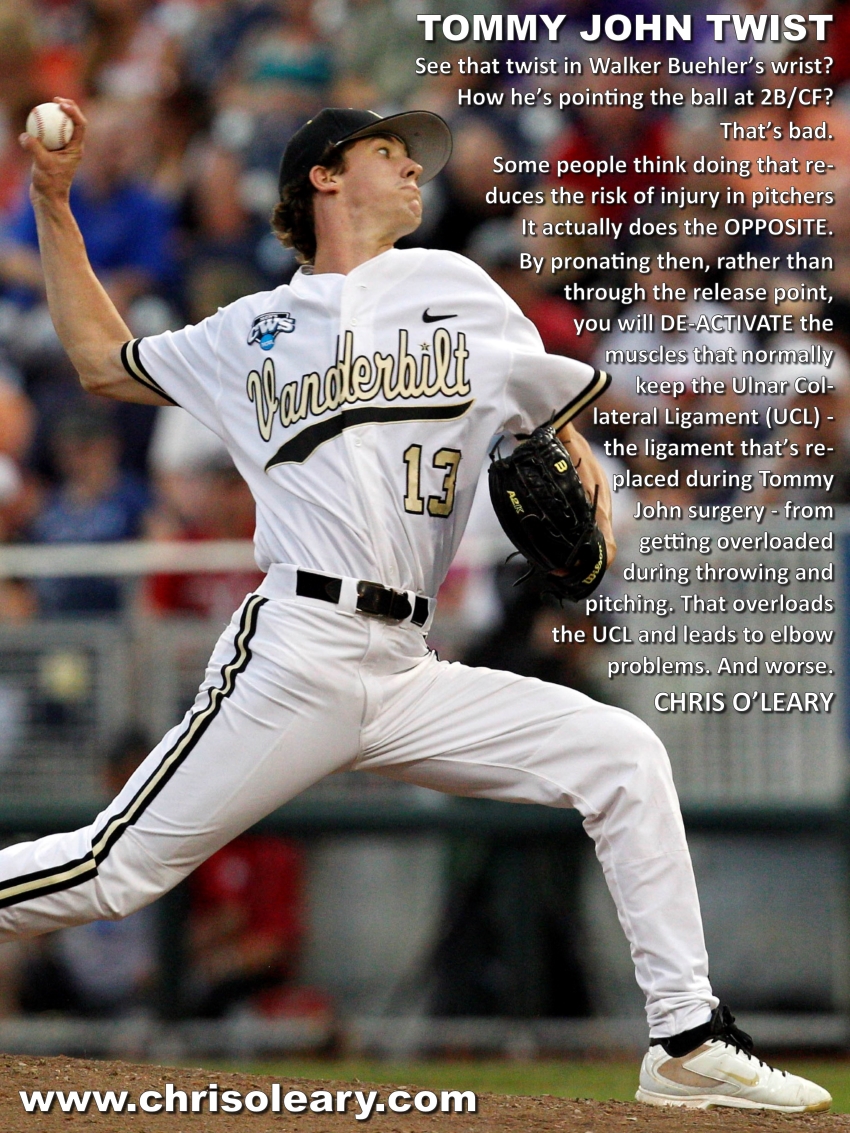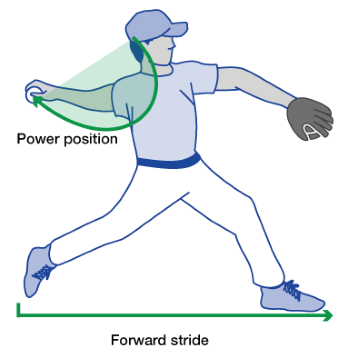The Epidemic > Preface
 How were you taught to throw?
How were you taught to throw?
If you're like me and are older than 40 -- or even 30 -- the answer to that question is probably simple.
You weren't.
You just did what came naturally.
You played catch with your parents. Next came throwing the ball around with your siblings and/or friends. Then, as soon as you had even a minimal amount of control, you tried your hand at pitching.
Maybe it was to a catcher, maybe it was to a chair, and maybe it was to a differently-colored brick in a wall. Regardless, you did it while copying your favorite pitcher.
As you got older, you may have been taught about the importance of footwork when you started playing organized baseball. However, in most cases throwing and pitching instruction back in the day was minimal.
Things have changed.
Dramatically.
In most cases, and especially when you are talking about the more competitive levels of baseball -- and I'm talking about all ages, not just high school and above -- kids aren't just doing what comes naturally anymore.
They don't just grip it and rip it.
Instead, they are being taught to throw using a number of problematic positions, cues, and drills, starting with what I call the Tommy John Twist.

The Tommy John Twist
There's no doubt these cues and drills work; they do help kids quickly throw harder.
That's why people use them.
That's also why pitching velocity is up across all levels of baseball, including Major League Baseball.
The problem is these cues and drills too often work by creating a Timing problem; they enable ballplayers to quickly throw harder by overloading their arms. For all of the talk about the Inverted W, the point I've been trying to get across since 2007 is that the problem isn't the positions, it's the Timing problem that those positions tend to create.
Often by design.
In fact, Timing problems are getting so common and so bad that they are getting easier to see.

Henderson Alvarez
I call this Flat Arm Syndrome because that is exactly what you see in video clips and still pictures.

The Mayo Clinic Power Position
The icing on this terrible cake is that, not only are these movements being sold by organizations like the Mayo Clinic as representing the mechanics of a safer fastball.
When they are anything but safer.
To top it all off, the old, natural movements aren't allowed any more. Instead, the current definition of Proper Pitching Mechanics now classifies as flaws, things that reduce the incidence of shoulder and elbow pain.

Thus The Epidemic
If these movements reduce the risk of elbow and shoulder pain, and don't appear to have any negative impact on velocity, then how exactly are they flaws?
Because they differ from what people think pitchers should do?
That's the only explanation that I can think of.
Well, maybe that means the definition of "proper pitching mechanics" is wrong, not the movements (that reduce the risk of elbow and shoulder pain).
Pile on top of that increasing levels of overuse -- the harder you throw, the more you will pitch, especially if you are playing year-round travel ball -- and you've got The Epidemic.
Yes, the lucky ones make it to college and sometimes even the major leagues before they break down, but many break down sooner, and increasingly so.
It's not just an issue for pitchers.
The same ideas that are getting the arms of pitchers are also starting to get the arms of catchers, position players, and even football quarterbacks.